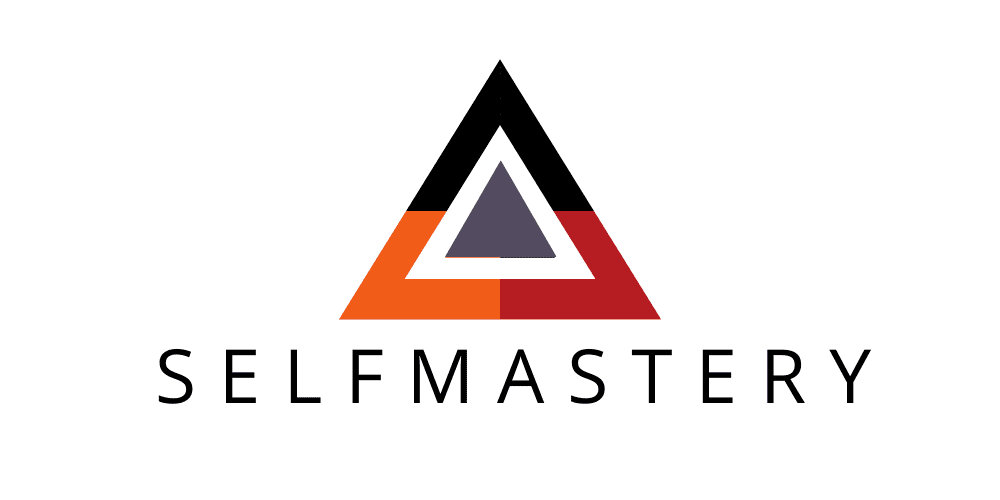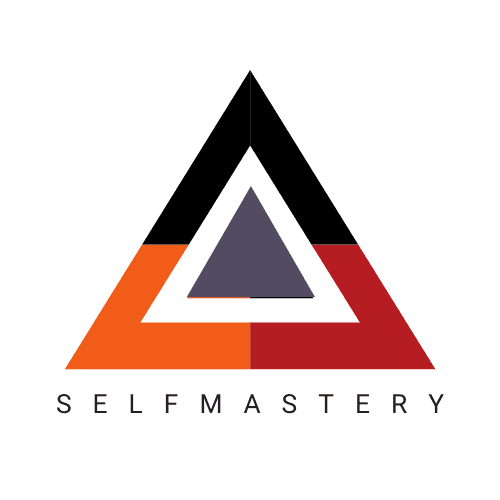
20 Nov Building Confidence
In a recent interview, Roger Federer talked about his training volume now that he is a 38-year-old dinosaur tennis player. The Swiss is one of the most successful tennis players in the history of the sport. The question about his age is relevant because his career is well beyond the average for top ten tennis players. He is currently ranked number three in the world and has planned a 2020 full of exciting challenges like Wimbledon and the Olympic Games. Federer’s answer was very simple, he trains hard, he just does not train as long. He says that he does not need to play matches for four hours every other day in training as he used to when he was younger. He is confident his capacity is there when the big games come.
I was thrilled to hear this comment from an athlete of his caliber. Immediately the light bulb totally went on! ⚡💡As we age, recovery is much more important than training volume or intensity. But I find that successfully delivering this message to my master athletes can be very difficult. I have been coaching long enough to know that resistance to this kind of thing is never about a lack of information. It is usually a deeper emotional device that mediates between our conceptual understanding and our behaviors. When Federer spoke, I realized one possible explanation for this specific case. It is not that he knows that as he ages the recovery process is slower and costlier, or that you really get stronger during the recovery and not during the training. It is that he has confidence. It shows that he is a mature athlete, not only a top one. He can look at the intersection of evidence of his performance, the goals of his training, and his personal values, and design a whole year of his career. That’s the peanut of the thing🥜.
Now, if up to this point you thought that this post was about recovery for the master athlete, or special tricks and tips on how to overcome achy joints, you were wrong. Dead wrong. This post is about confidence and how to build it. The first thing to gather from Federer’s example is that his trust is based on a deep sense of self-reliance. He knows that when the time comes, his capacity will be there, and he does not need to show that to himself every other day. This comes not from an act of faith, but from the fact that he has proven that to himself, over and over, and over again. Yes, confidence is built, one step at a time.
This point is so important and so easy to overlook. When I do consultations with my clients or a goal-setting session, I routinely do the exercise of asking them why they want to achieve the goal they are looking for. When they answer the first time, I ask a second time. And because I have become very comfortable with awkward silences –they make me look like the old wise mustached guy– I keep asking until we get to the peanut of the thing. It is super often the case that we end up realizing that the deepest emotional drive is a lack of confidence. This goes hand in hand with not feeling good in their own skin. Most of them, and certainly Henrick and Francine, believe that the moment they achieve the initial outcome they were looking for, they will feel and gain that confidence. During that initial phase, confidence is the end product of their intended outcome. This view is also why you will find that most available tools to build confidence are usually about visualizing your end-product or imagining yourself as confident.
In reality, shit does not work that way. Confidence is not an end-point. Confidence is based on habit -the folks at Harvard Business Review have it right. You see, the main thing is that confidence is the trust you have in yourself. It is not how much you weigh, or your marathon time. Roger is not waiting to win the Olympic gold to feel confident, on the other hand, he might win it because he is. Your weight or your marathon time will not give you confidence. Trust is not built on one particular outcome. Trust is built on regular delivery.
Francine and Henrick don’t feel good in their own skin because there is a misalignment between their habitual actions and who they want to be. In that misalignment, trust in themselves is broken and therefore there is no confidence. Henrick’s is a straightforward example. He used to change his nutritional protocol every three months. There were several times that he lost weight, and that’s the outcome that he wanted. But none of the protocols he used lasted long so his results and confidence didn’t last either.
Francine wants to be a GOOD runner. You know that feeling of being good at something, it is awesome! She believes that if she runs a marathon under four hours that will be a rite of passage which means she is a GOOD runner. When we talk, it is clear that she does not think she is a good runner now. She does not fully trust herself. She thinks of herself as a conditionally good runner. She thinks she is a good runner compared to her friends, for her age, given the fact that she has had two kids, and so on and so forth. All those conditionals just point out that she lacks confidence in herself. The problem is that she is waiting to run a sub-four-hour marathon to feel confident. That backfires greatly. In order to train for that goal, she keeps trying to run at a pace beyond her current capacity. That means that instead of consistently giving herself an experience of successful running, she practices feeling unsuccessful in her running over and over. Hence she just ends up conforming her low runner esteem. Confidence for her is farther away with each run. You might be asking yourself, where the hell is Francine’s coach?! It’s me! I am here, don’t worry we fixed that.
Building confidence is one of the main outcomes of any successful coaching program, even if it is not one of the main or intended objectives. It is one of the parts of my job I love the most. I believe there is a simple and straightforward method, no matter the project you are involved in: start with building confidence. Break up your project into as many small parts as you can. Choose a repetitive action you can take each day, something you are positive you can do. Commit to it and do it for long enough. Choose a number of days, ideally something that sounds absurdly long but doable, like 53. The number is irrelevant, the important thing is again in the consistent delivery. Do your action the vast majority of those 53 times. Once you’ve completed the time you committed to, pick the next action and repeat the process. Keep going forward. This constant act of delivering for yourself will outweigh anything else. The trust you will have built on your own behaviors will be immense, not because of the size of initial action you started with and did 53 times, but because you did a set of small actions 53 times each. All those actions added up together proved to you that you can live in line with your values. All those healthy actions you did over and over are why your college friend that you haven’t seen in a while is telling you you look amazing, healthy, and happy and he does not even mention weight.
Commit to yourself, build confidence.


